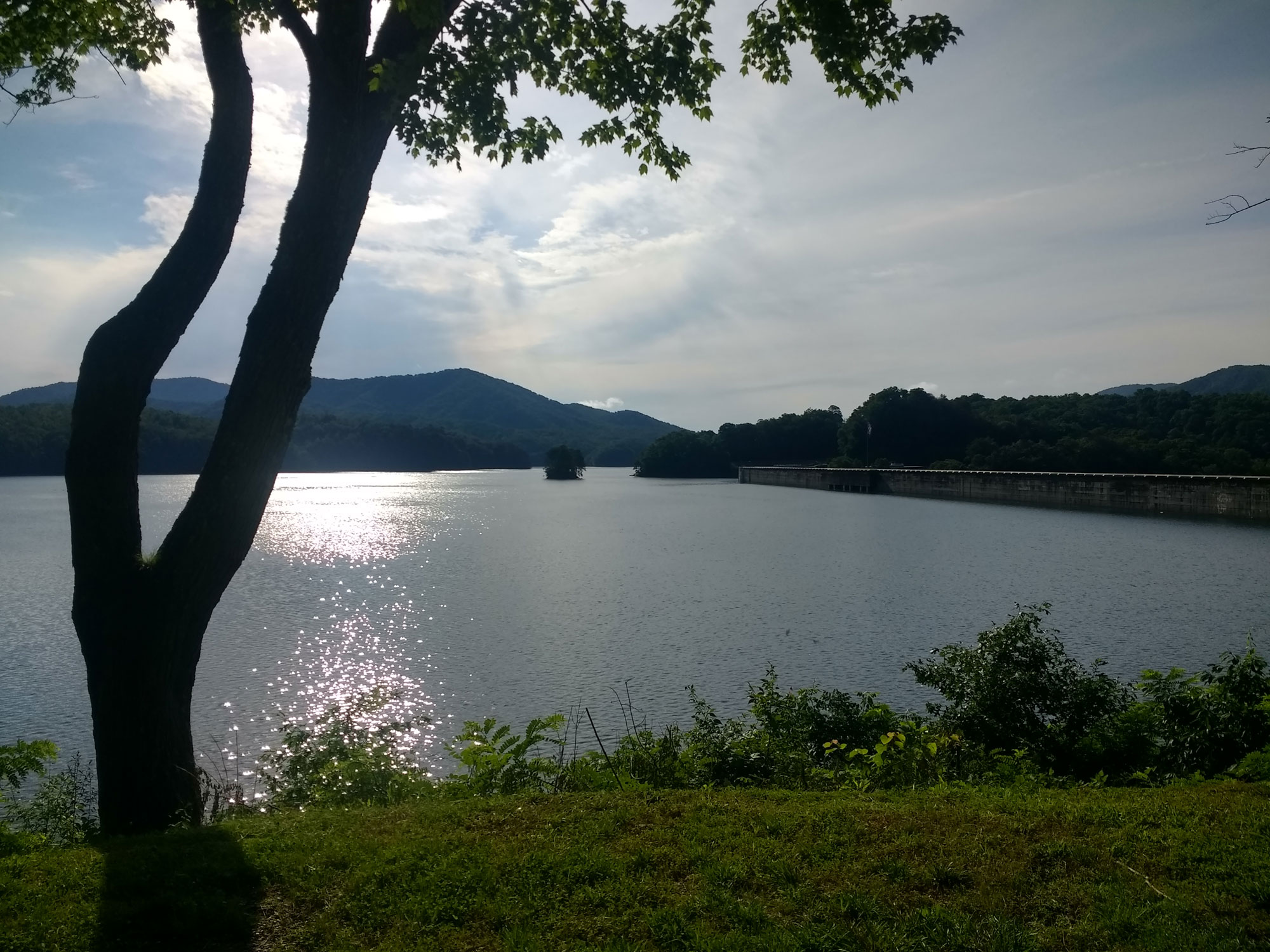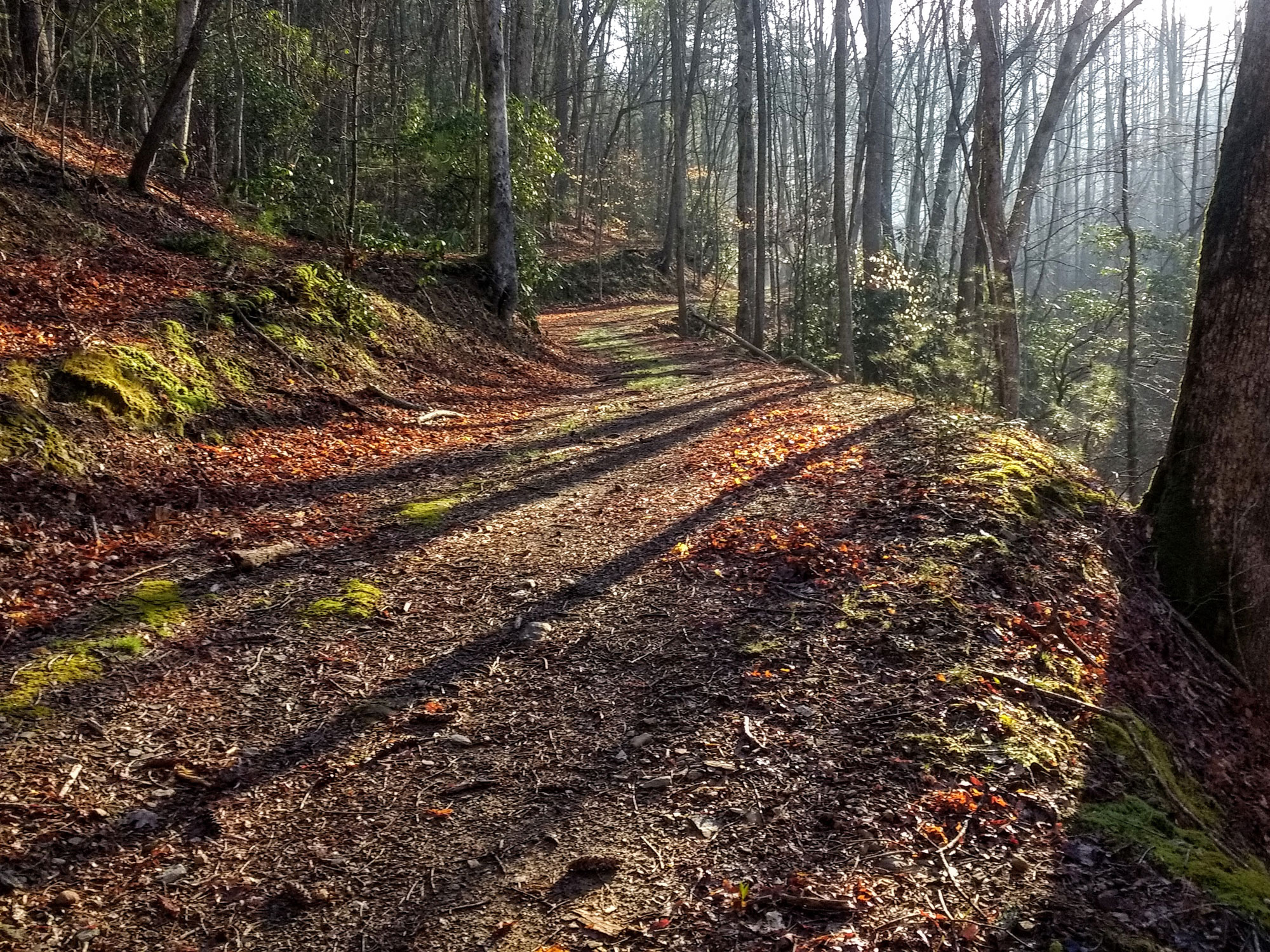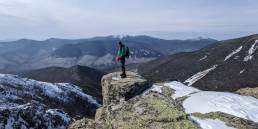A global pandemic has squelched the dreams of many Appalachian Trail thru hikers this year, but that doesn’t mean all long trails are off the table. A sister trail to the AT, the Benton MacKaye Trail (which was named after the father of the AT) spends 300 miles winding through Georgia, Tennessee, and North Carolina, delivering a big dose of the Appalachian Trail-style scenery and lifestyle in a more manageable package.
You should never erase the AT from your bucket list, but it’s definitely a big commitment of time, resources, and physical/mental energy. It’s also crowded, attracting over 4,000+ thru hikers each year. While the AT traverses the eastern edge of the Appalachian Mountain range, the BMT goes west through some of the most remote backcountry regions of the Appalachians, including eight federally designated Wilderness Areas. There are only 3-shelters located on the trail, and group hiking is highly limited, which means you won’t need to fight for 6-feet of space hardly anywhere. So why else should you hike it?

1. Take Less Time Off Work
A thru hike on the AT means a 5-month commitment, which is obviously difficult for most working folks. But the 300-mile BMT is doable in 20 to 30 days based on your ability, so if you’ve earned 3 to 4 weeks of vacation time, you may not need to request a leave of absence from work. 300 miles isn’t too shabby for a thru hike, and it will give you a taste of what to expect if you’re thinking of thru hiking the AT in the future.
2. It’s a Four-Season Trail
The best seasons to hike the BMT are spring and fall, but the trail is hikeable all year. For summer hiking, be sure to carry bug spray and extra water, as some of the springs are dry in the higher elevations. For winter, carry crampons and other cold weather gear, and be sure to check weather reports daily. If you want to section-hike the BMT, consider hiking Georgia in the spring, Tennessee and North Carolina in the summer, and The Smokies in the fall.

3. Take in the Scenery from Atop Springer Mountain
If you begin your BMT hike at its southern terminus, you’ll be atop Springer Mountain, which is also the southern terminus of the AT. You’ll actually hike a short way on the AT until the trail splits— the BMT west, and the AT, east. Springer offers beautiful views of the Blue Ridge Mountain range. If you choose to take the approach trail from Amicalola State Park to Springer Mountain, you’ll add 8 miles to your hike.
4. Get Your Toes Wet in Some White Water
At some point you’ll need to take a break, and both the Hiwasee and Ocoee Rivers offer some of the best whitewater rafting in the Southeast. The BMT actually crosses the Ocoee River in Ducktown, Tennessee, where you can take a zero day at the nearby Thunder Rock Campground, a popular destination for both whitewater and trail enthusiasts. Get some rest, then head over to the Ocoee Whitewater Center for a day of rafting.

5. Keep Your Eyes Peeled For Wildlife
Nearly all the BMT is wilderness with few amenities or facilities and is primarily on public, protected lands. Because it’s a lesser-traveled path you’ll be sure to see numerous animals like deer, black bear, bobcat, and wild boar on a daily basis. In addition, the BMT’s western Appalachian route is home to rare plants, fungi, fern colonies, rhododendron tunnels, and mountain laurel, making for great photo opportunities.
6. Pack Light Thanks to Stream Crossings
With the exception of some of the higher elevations, you’ll find water, water, everywhere on the BMT because of the trail’s countless stream crossings equipped with cleverly designed foot bridges. That means you don’t have to carry as much water, lightening your pack weight. Consider taking a dip into a stream’s icy water, or giving your sore feet a good soak while filling your water bottles.

7. Avoid Crowded Trails and Shelters
Unlike the AT and other overpopulated trails, the BMT offers a secluded and isolated footpath. Did you know over 3 million guests visit the AT every year? That number reflects thru hikers and section hikers, along with day and weekend hikers. On the BMT you may not see another human for several days in a row, and its few shelters will most likely be empty.
8. Benton MacKaye Was a Visionary
When Benton MacKaye proposed a long distance trail from Georgia to Maine, he also envisioned a network of shorter trails branching out and rejoining the AT to make long, wilderness loops. The BMT is the only such loop that has been completed since its conception in 1975, when David Sherman, an administrator in the Georgia Department of Natural Resources, revived MacKaye’s original project. The trail was completed in 2005 with the hard work of thousands of volunteers eager to share MacKaye’s vision with you.

Karen Miller
Karen Miller calls herself “a mediocre writer who likes to eat ramen in the woods.” She’s been hiking, paddling, traveling, and writing about her adventures from as far north as Newfoundland to as far south as The Everglades. She’s worked as a chef, graphic designer, hostel caretaker, and restaurant critic. Currently she lives in a Ford Transit van with her husband, Troy, where they’re getting ready to visit all of America’s National Parks.
Related Posts
April 12, 2024
Explore Like a Local: The Outdoor Mecca of North Conway, NH
There's a lot to love about this New…
April 3, 2024
5 Things To Do in the Boston Area During Mud Season
Adventure opportunities are abundant…




